This
post was originally published on
this sitehttp://www.marksdailyapple.com/
 If I could tell my older readers (or younger readers who plan on becoming older readers) one thing to focus on for long-term health, longevity, and wellness, it would be to maintain your bone density. Not eat this food or do that exercise. Not get more sleep. Those are all important, and many of them fall under the rubric of and contribute to better bone density, but “maintain bone density” gets to the heart of aging. Even the importance of muscle strength shown in longevity studies of older people could actually indicate the importance of bone density, since bone density gains accompany muscle strength gains. You can’t gain muscle without gaining bone.
If I could tell my older readers (or younger readers who plan on becoming older readers) one thing to focus on for long-term health, longevity, and wellness, it would be to maintain your bone density. Not eat this food or do that exercise. Not get more sleep. Those are all important, and many of them fall under the rubric of and contribute to better bone density, but “maintain bone density” gets to the heart of aging. Even the importance of muscle strength shown in longevity studies of older people could actually indicate the importance of bone density, since bone density gains accompany muscle strength gains. You can’t gain muscle without gaining bone.
That’s because bones aren’t passive structures. They are organs that respond to stimulus and produce hormones and help regulate our metabolism.
Osteocalcin, a hormone produced by bone-building osteoblasts, communicates directly with fat cells to release a hormone that improves insulin sensitivity. The osteocalcin produced by bones plays a key role in testosterone production and male fertility, helps regulate mood and memory, and even interacts with the brains of developing fetuses. It may also help improve endurance, with studies in mice showing that older mice were able to run almost twice as far after being injected with osteocalcin.
Bones provide structural, hormonal, cognitive, and metabolic support. Having strong bones won’t just make you less likely to break something if you fall. They’ll actually give you more energy, brain power, and a healthier metabolism.
If you do nothing, bone density wanes with age. That’s part of entropy. The longer time goes on, the more the human body is pulled toward dissolution, toward chaos. Doing nothing is not an option. You must actively resist the force of entropy on your bones because bones undergird your entire physical existence. Underneath the skin, the muscles, all the surface stuff lie the bones. They’re your literal support system.
How should you support your support system as you age?
How Can You Maintain Bone Density as You Age?
Here are the most important factors for maintaining bone density as you get older.
- Mechanical loading—lifting heavy things
- Eating animal protein (plus collagen)
- Bioavailable calcium from fermented dairy
- Sun exposure and vitamin D
- Bone-specific nutrients
- Mineral water
- Sleep
- Eating more colorful produce
Let’s explore each of them in greater detail.
Lift Heavy Things and Endure High Impact Activity
Just like your muscles respond to mechanical loading (lifting weights) by getting stronger, bones also fortify themselves in response to intense loading.
“Heavy” and “intense” are relative. What’s heavy to a 60 year old grandma won’t be the same to a 30 year old athlete. All a weight has to be is “heavy for you” to start improving bone density. Don’t think you need to deadlift twice bodyweight to get a good effect (unless, of course, 1.9x bodyweight deadlifts are easy to you).
You can even do it without any weights at all. Several studies have shown that merely hopping in place 20-40 times a day can improve hip density in both premenopausal and postmenopausal women.
The best way to maintain bone density is a combination of impact training (jumping, sprinting, hopping, calisthenics—anything where you move quickly and then must stop and absorb the force you’ve just generated) and weight training. That’s true for women especially, the most vulnerable population.
The impact is key. Older endurance runners have lower bone density than age-matched sprinters, and senior athletes who engage in high-impact activity have higher bone density. Just like “heavy” is relative, so is “impact.” Only expose your body to impact you can handle safely. It should be jarring, but mildly.
Eat Animal Protein
Vegans will tell you that animal protein “leaches calcium from bones.” That it’s “acidic.” That it’s “inflammatory.” That you need to get your protein from plants to conserve your bone health. But the opposite is true.
Animal protein increases calcium absorption and assimilation. Seniors who eat the most animal protein (yes, even the dreaded meat) have the strongest bones, while those eat the least have the lowest bone density. Meanwhile, other studies have found that plant protein—but not animal protein, which has the opposite association—is associated with lower bone mineral density.
There are studies that find negative associations between “meat diets” and bone density, but only in the context of modern Western diets like the Standard American Diet high in refined grains, sugar, and seed oils. In Mediterranean or Asian diets, a high meat intake is protective.
Two things to keep in mind:
- Make sure “animal protein” contains collagen and gelatin, not just muscle meat. Collagen is an integral part of the bone matrix, providing “bounce” and pliability and strength. Great ways to get more gelatin/collagen include bone broth, collagen powder, gelatinous meats like oxtail, feet, necks, and skin.
- Make sure you eat enough protein. As the average person ages, their ability to utilize protein diminishes. That’s due to many factors, some of which you can mitigate by leading a healthy Primal lifestyle, but some of it is a consequence of time. Eating at least 100 grams of protein a day is a good target for the average older reader.
Eat Dairy and Other Sources of Bioavailable Calcium
Yes, yes, the absolute amount of calcium doesn’t matter as much as people think and calcium supplementation can have counterintuitive, even negative effects if you don’t have the right co-factors for calcium assimilation and utilization, but you still need calcium in the diet. The most bioavailable form of calcium can be found in dairy, especially fermented dairy like cheese, yogurt, and kefir. Other good forms include small bone-in fish, like sardines.
Dairy consistently and reliably improves bone mineral density, whether it’s in 6 year olds or young adults or Europeans or Asians or the elderly. I recommend fermented dairy like kefir for a couple reasons.
- One, animal studies suggest that the fermentation process creates peptides that have special effects on bone loss and density.
- Two, even lactose or dairy-intolerant people are more likely to tolerate fermented dairy.
- Three, the probiotics in fermented dairy have been shown to improve bone density.
Dairy works really well in older adults looking to increase bone mineral density, especially fermented. Choose yogurt and kefir for maximum effect.
Get Sunlight and Take Vitamin D
Sun is important for bone density for several reasons.
- Getting the natural light of the sun in your eyes helps set your circadian rhythm, making you sleepy at night and less vulnerable to the disruptive effects of bright light at night.
- Getting the UVB on your skin at midday lets you produce vitamin D, a pro-hormone with huge effects on hormonal health, calcium absorption, and bone metabolism.
- Getting UVA on your skin increases nitric oxide production. This one is a little more speculative, but researchers have used nitric oxide donors (drugs or compounds that increase nitric oxide in the body) to improve bone density.
Unfortunately, the older you are, the less vitamin D you make from sunlight. Older folks may need to supplement with vitamin D and should definitely monitor their vitamin D levels to ensure they’re either making enough from sunlight or taking enough through supplementation.
Get Bone-specific Nutrients
Get adequate amounts of the nutrients most relevant to bone density.
- Melatonin: Optimize your sleep or take 1-3 mg at night.
- Vitamin K2: 0.5-1 mg per day.
- Vitamin D3: Get levels up to 30 ng/mL at least, ideally through sun but with supplementation if sun isn’t doing it.
- Vitamin A/retinol: Makes vitamin D3 more effective, combines well with D and K2.
- Calcium: 800-1600 mg/day
- Magnesium: 400-600 mg/day
- Potassium: 3-5 g/day
- Protein: 100+ g/day
- Collagen: 10-20 g/day
- Omega-3s: 3-5 servings of fatty fish each week
Some foods that are great sources of these nutrients:
- Cod liver oil/cod livers (omega-3s, vitamin A, vitamin D)
- Blackstrap molasses (magnesium, calcium, potassium)
- Shellfish (magnesium, omega-3s, protein)
- Aged cheeses like gouda (vitamin K2, calcium)
- Natto (vitamin K2)
A combination of melatonin, strontium, vitamin K2, and vitamin D3 given to postmenopausal women for one year increased bone mineral density at several sites.
Optimize Your Sleep
Sleep is an active time. Even though you’re just lying there, totally unconscious and unaware of your surroundings, your body is repairing damage, clearing out refuse, and maintaining the structure and stability of your muscles, brains, and bones. Just how does poor sleep impair bone health?
- In seniors, the more they sleep the less osteoporosis they have. Less sleep leads to greater bone loss. More sleep protects against it.
- Melatonin, the hormone that induces sleepiness at night, plays a huge role in bone metabolism. For instance, removing a rat’s pineal gland (which produces melatonin) significantly lowers their bone mineral density.
- Obstructive sleep apnea, a disorder characterized by frequent cessations of breathing during sleep and an overall lower quality of sleep, is independently associated with low bone mineral density.
- Too much or too little sleep are both linked to osteoporosis, with daily sleep durations of 7-8 hours, 9-10 hours, and 10 hours all showing a relationship to low bone mineral density.
So it’s not just “sleep more.” It’s “sleep better.” You have to optimize your sleep hygiene, which is a big job. Luckily, I’ve told you how to optimize your sleep before.
Drink Mineral Water
Historically, the water most people drank was rich in minerals. That’s the environment in which the human body and its mineral requirements evolved. Our genes thus “expect” the water we drink to contain minerals. So what do we do? Drink tap water low in minerals, purified water bereft of most minerals, or “reverse osmosis” water bereft of anything at all.
What should we do?
Drink mineral water.
Drinking a liter of your average bottled mineral water a day can provide between 20% and 58% of your daily calcium needs and 16% and 41% of your daily magnesium needs. In addition to that, mineral water can be a good source of other minerals relevant to bone health, like silicon, boron, and strontium. The absorption of calcium (and, presumably, other minerals) from mineral water is equal to or greater than the absorption of calcium from milk, a clear indication that we are well suited to drinking it.
Women living in areas with high mineral levels in their drinking water have slightly higher bone mineral density, a clear indication that we should be drinking it.
I like Gerolsteiner best.
Optimize Hormone Status
Hormones are master orchestrators of physiological homeostasis. They keep things running smoothly. They maintain muscle, organ systems, and bone mineral balance. When they start to falter with age, our ability to maintain homeostasis across all these systems suffers.
The fall in estrogen levels that characterizes menopause often triggers a loss of bone mineral density, as estrogen is the primary regulating hormone of bone health. Osteoporosis is so common in postmenopausal women that the efficacy of most menopausal interventions is determined by how they affect bone mineral density. I’ve written about menopause in the past. Hormone replacement therapy may be in order; there’s a post on that as well.
For men, low testosterone is a major indicator of osteoporosis risk. About 50% of older men with hip osteoporosis also have hypogonadism; I’d wager the other half have lower than normal testosterone that doesn’t qualify clinically. However, estrogen remains important. Even in men who take testosterone replacement therapy to normalize low T levels, the subsequent increase in bone mineral density is associated with a rise in estrogen. The increased testosterone helps bone health (and certainly has other benefits), but it does so indirectly by helping normalize estrogen.
Eat Colorful Produce
Whether it’s extra virgin olive oil or blueberries or bok choy, all the studies finding a link between specific “superfoods” and better bone health have one thing in common: the foods they’re studying contain lots of polyphenols and other phytonutrients.
How is it working?
- Mostly by lowering inflammation. Chronic low level inflammation slowly dissolves bones (not literally, but in effect), predisposing your body toward atrophy and catabolism rather than healthy growth and maintenance. The polyphenols in things like olive oil and blueberries can counter that inflammation by upregulating your own endogenous antioxidant systems.
- Also by increasing potassium intake. Plants are a great source of potassium, and potassium intake has been shown to modulate bone density.
These all work best together. This isn’t a “do this one thing to improve your bone density” post. You need to be lifting, jumping/hopping, eating dairy, eating meat, optimizing hormone status, sleeping well, eating colorful plants or bitter olive oil, and getting sunlight, all of it. Getting sun gives you vitamin D and improves your sleep and promotes physical activity. Eating foods high in calcium tend to provide both animal protein and nutrients that improve bone density. And so on. They’re all synergistic.
And the older you are, the more important everything here becomes. The more time-sensitive. You need to start today.
The post Maintaining Bone Density as You Age appeared first on Mark’s Daily Apple.
 I used to offer extended commentary on new research in a weekly series called “Monday Musings.” I’d cover and summarize a study or two or three, give some commentary, and open it up for questions from the readers. It was a fun and informative way to spend a Monday. Well, with more and more research being published than ever before, and more and more people being interested in health than ever before, I figured I’d resurrect the practice and begin analyzing new research in brief, digestible chunks.
I used to offer extended commentary on new research in a weekly series called “Monday Musings.” I’d cover and summarize a study or two or three, give some commentary, and open it up for questions from the readers. It was a fun and informative way to spend a Monday. Well, with more and more research being published than ever before, and more and more people being interested in health than ever before, I figured I’d resurrect the practice and begin analyzing new research in brief, digestible chunks.

 will likely end up with clients who simply don’t make much progress. Take speed training as an example. You could have two clients who want to get faster. One could be strong but slow, while the other could be explosive but weak. The first needs to become more explosive and the second needs to get stronger to maintain that explosiveness over a longer period of time. While the end goal is the same
will likely end up with clients who simply don’t make much progress. Take speed training as an example. You could have two clients who want to get faster. One could be strong but slow, while the other could be explosive but weak. The first needs to become more explosive and the second needs to get stronger to maintain that explosiveness over a longer period of time. While the end goal is the same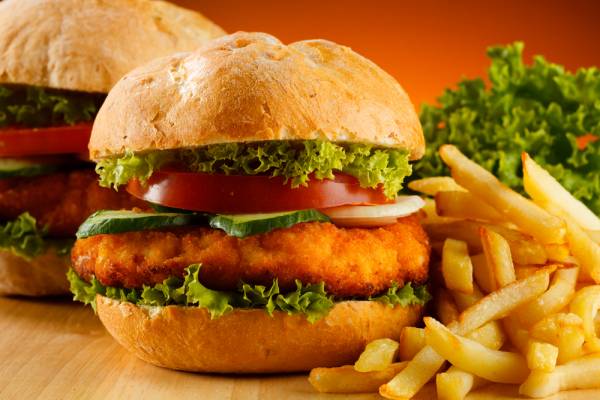 I like simple tests for things. My nutritional test is even easier than my elite sportsman status check – if it comes in a packet it’s most likely garbage. The more ingredients on the side of the packet the more likely it’s garbage, too. Have you ever read the contents of an apple? And show some restraint while you’re at it. There’s nothing manly about eating so much meat that in six months time you can’t see your toes. Overeating the right food will ultimately still lead to being obese and unhealthy. While I don’t think the BMI charts are the be all and end all of weight and health there is a mountain of research to indicate a healthy BMI will go a long way towards a healthy life. If your BMI is in the unhealthy range then do something about it.
I like simple tests for things. My nutritional test is even easier than my elite sportsman status check – if it comes in a packet it’s most likely garbage. The more ingredients on the side of the packet the more likely it’s garbage, too. Have you ever read the contents of an apple? And show some restraint while you’re at it. There’s nothing manly about eating so much meat that in six months time you can’t see your toes. Overeating the right food will ultimately still lead to being obese and unhealthy. While I don’t think the BMI charts are the be all and end all of weight and health there is a mountain of research to indicate a healthy BMI will go a long way towards a healthy life. If your BMI is in the unhealthy range then do something about it. The purpose of training is to build the body up over time. The only problem is that every session actually makes you a little worse than you were before you started. Your glycogen stores are depleted, there’s muscle damage, and the fatigue will lower force production. But, when you’re adequately rested you’ll experience increased performance. There’s no magic formula for how much recovery you need for the amount of work you’re doing but at the bare minimum if you’re a daily trainer you need eight hours sleep and massage every week. If possible, I would add in a session of mobility and flexibility only. Every third or fourth week should be a deload week. “But coach,” you’ll whine, “I don’t feel like I need it.” And that’s exactly the point. You shouldn’t feel run down and exhausted all the time from training. Regular deload weeks stave off injury and keep you progressing in a two steps forward one back format that ties in well with point number seven.
The purpose of training is to build the body up over time. The only problem is that every session actually makes you a little worse than you were before you started. Your glycogen stores are depleted, there’s muscle damage, and the fatigue will lower force production. But, when you’re adequately rested you’ll experience increased performance. There’s no magic formula for how much recovery you need for the amount of work you’re doing but at the bare minimum if you’re a daily trainer you need eight hours sleep and massage every week. If possible, I would add in a session of mobility and flexibility only. Every third or fourth week should be a deload week. “But coach,” you’ll whine, “I don’t feel like I need it.” And that’s exactly the point. You shouldn’t feel run down and exhausted all the time from training. Regular deload weeks stave off injury and keep you progressing in a two steps forward one back format that ties in well with point number seven.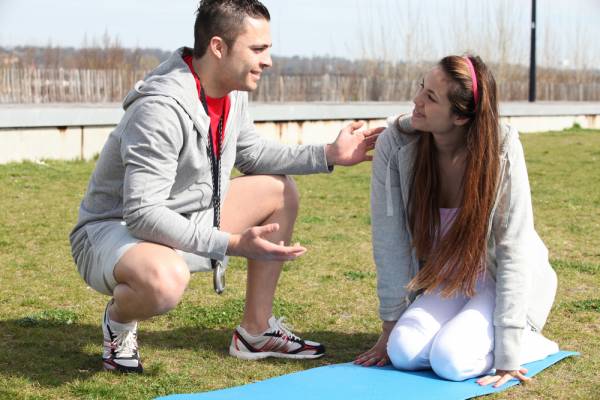
 If I could tell my older readers (or younger readers who plan on becoming older readers) one thing to focus on for long-term health, longevity, and wellness, it would be to maintain your bone density. Not eat this food or do that exercise. Not get more sleep. Those are all important, and many of them fall under the rubric of and contribute to better bone density, but “maintain bone density” gets to the heart of aging. Even the importance of muscle strength shown in longevity studies of older people could actually indicate the importance of bone density, since bone density gains accompany muscle strength gains. You can’t gain muscle without gaining bone.
If I could tell my older readers (or younger readers who plan on becoming older readers) one thing to focus on for long-term health, longevity, and wellness, it would be to maintain your bone density. Not eat this food or do that exercise. Not get more sleep. Those are all important, and many of them fall under the rubric of and contribute to better bone density, but “maintain bone density” gets to the heart of aging. Even the importance of muscle strength shown in longevity studies of older people could actually indicate the importance of bone density, since bone density gains accompany muscle strength gains. You can’t gain muscle without gaining bone.
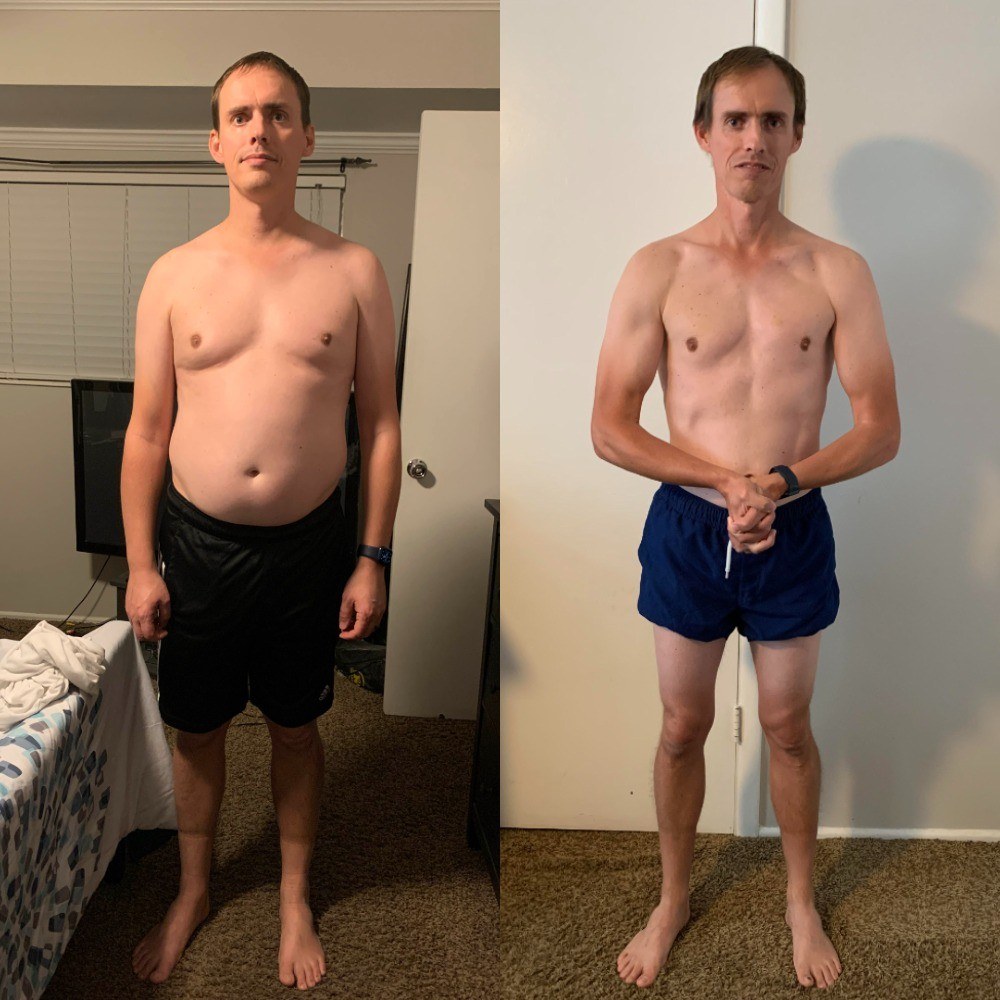
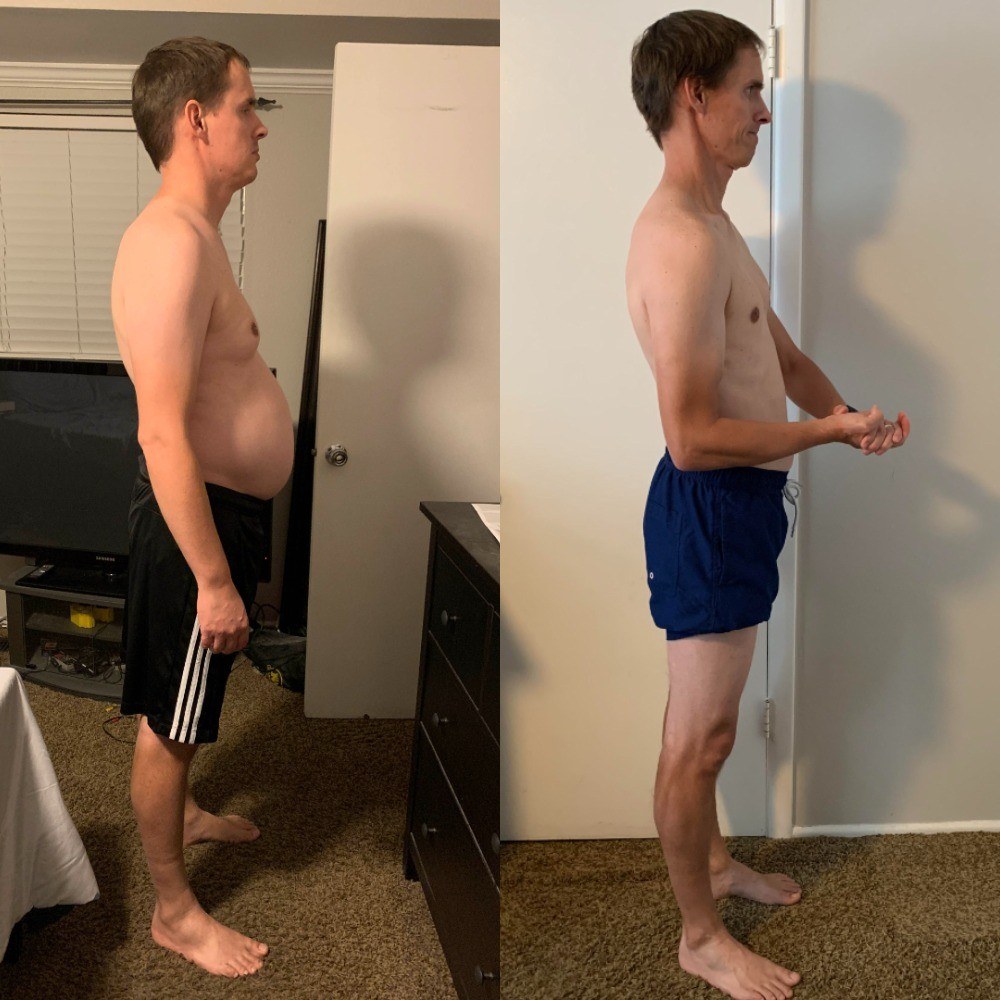
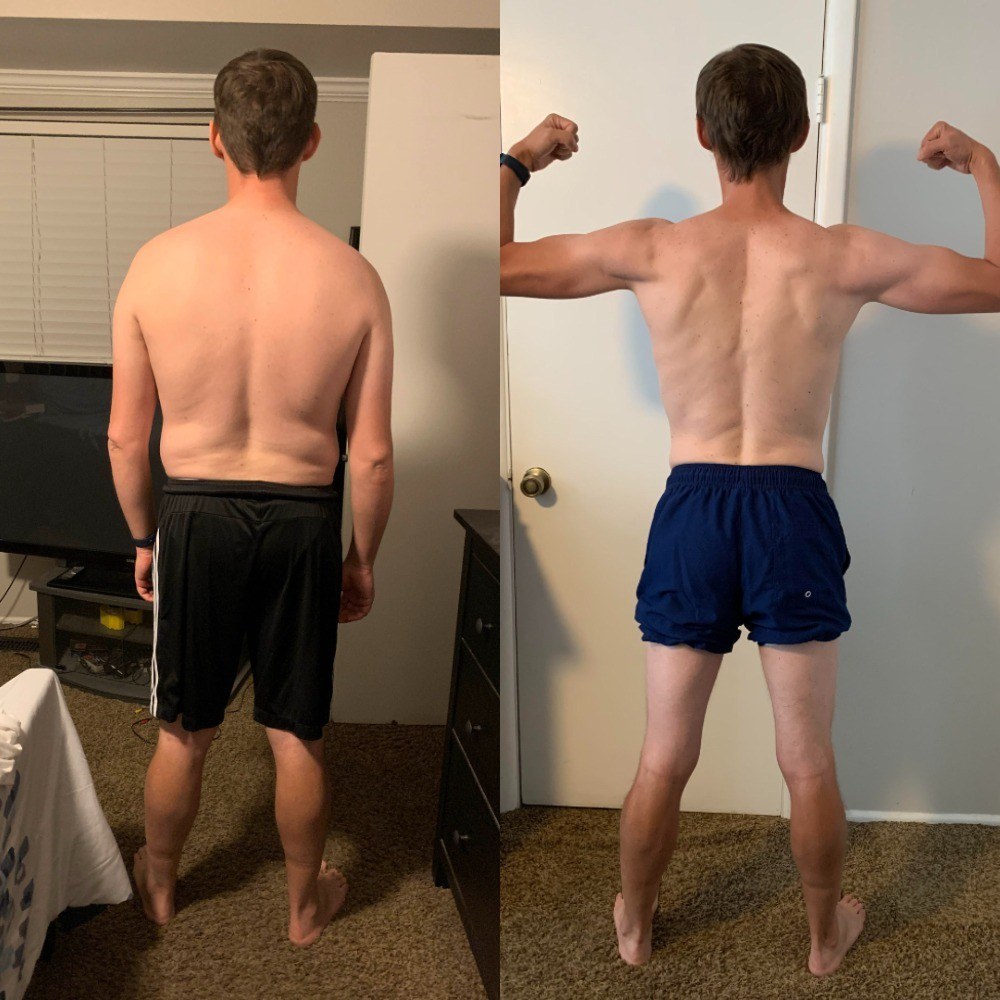
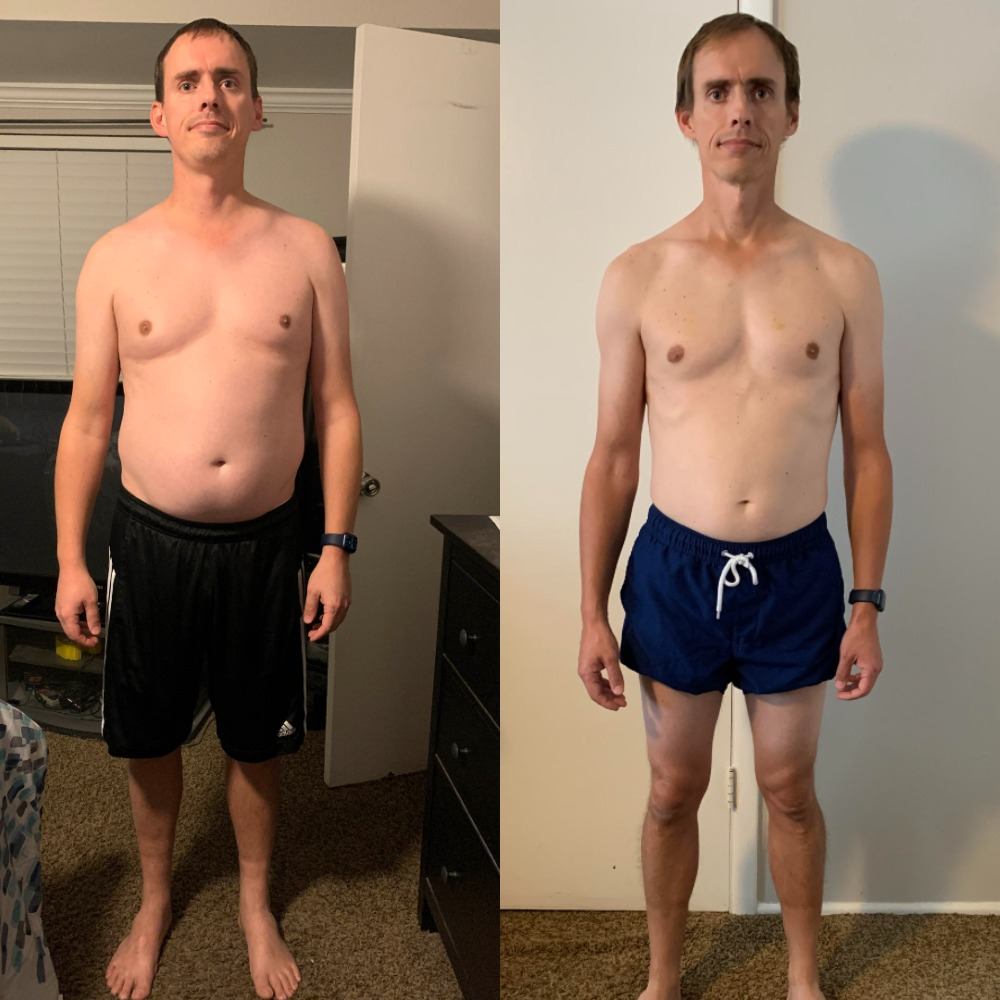
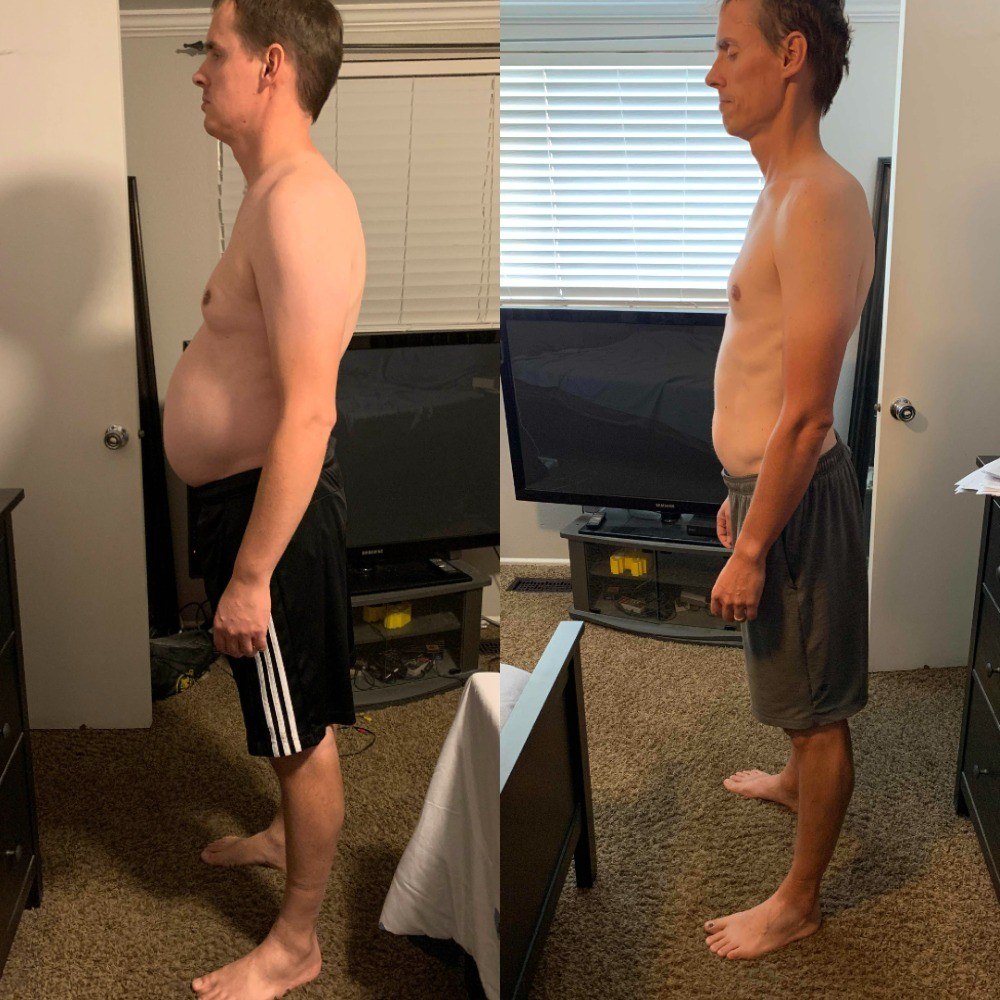
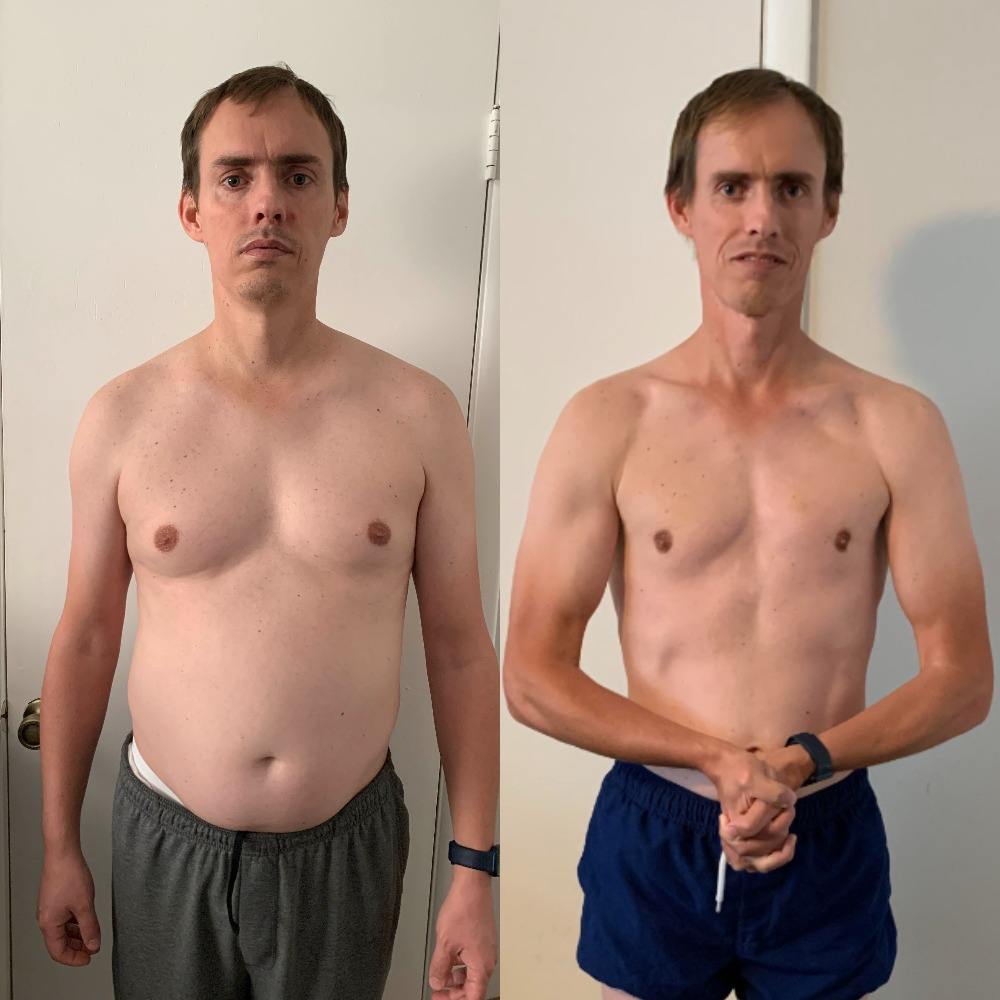

 Last week we offered responses to three common misconceptions about what we’re all about here in the Primal community. Of course, no matter what we say, some people will always believe that we’re just a bunch of barefoot weirdos who are inexplicably willing to—gasp!—stop eating bread. It can be incredibly frustrating when people you care about can’t seem to shake conventional wisdom and give the Primal Blueprint a shot.
Last week we offered responses to three common misconceptions about what we’re all about here in the Primal community. Of course, no matter what we say, some people will always believe that we’re just a bunch of barefoot weirdos who are inexplicably willing to—gasp!—stop eating bread. It can be incredibly frustrating when people you care about can’t seem to shake conventional wisdom and give the Primal Blueprint a shot.
 A bowl of tomato soup is delicious any time of year, for lunch or for dinner, for kids and adults. If fresh, super-ripe tomatoes aren’t available then this recipe for tomato soup made from canned tomatoes is the best one to follow. This homemade tomato soup has a rich, pure tomato flavor and silky texture, a flavorful version of the canned stuff.
A bowl of tomato soup is delicious any time of year, for lunch or for dinner, for kids and adults. If fresh, super-ripe tomatoes aren’t available then this recipe for tomato soup made from canned tomatoes is the best one to follow. This homemade tomato soup has a rich, pure tomato flavor and silky texture, a flavorful version of the canned stuff.
 Directions
Directions
 Roll the meat mixture into small meatballs, about 16-20 meatballs per pound of meat.
Roll the meat mixture into small meatballs, about 16-20 meatballs per pound of meat. Arrange them in a glass dish or on a sheet pan and bake in the oven for about 20 minutes or until cooked through. Alternatively, you can sear them in a skillet on the stovetop and then move the pan to the oven for the meatballs to finish cooking.
Arrange them in a glass dish or on a sheet pan and bake in the oven for about 20 minutes or until cooked through. Alternatively, you can sear them in a skillet on the stovetop and then move the pan to the oven for the meatballs to finish cooking.





 Research of the Week
Research of the Week
 Hey folks, Erin is back to answer more of your questions about feeding picky eaters, how to stay motivated when you’re not seeing results, and the real reason meal plans don’t work. Got more health and wellness questions for Erin? Drop them in the comments below or head over to the
Hey folks, Erin is back to answer more of your questions about feeding picky eaters, how to stay motivated when you’re not seeing results, and the real reason meal plans don’t work. Got more health and wellness questions for Erin? Drop them in the comments below or head over to the 
 It’s probably the one thing that prevents people from fully buying into the
It’s probably the one thing that prevents people from fully buying into the 

 For now classes are 6pm and 640pm at 2840 Wildwood st in the Boise Cloggers studio.
Book your class NOW!
click this ==>
For now classes are 6pm and 640pm at 2840 Wildwood st in the Boise Cloggers studio.
Book your class NOW!
click this ==>








